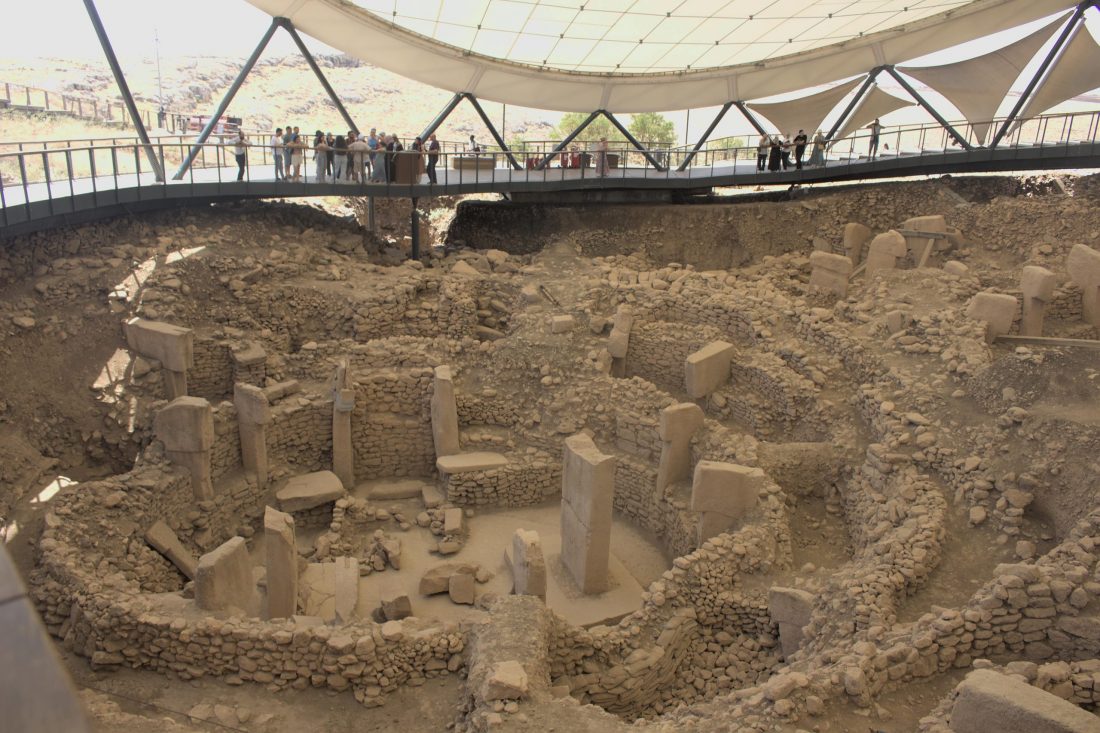
A Day in Göbekli Tepe: Eyes Awakening in 9600 BCE
As the first light of day brushed against the stones of the Fertile Crescent, it felt like the touch of a newborn’s skin. Shadows of towering stone circles stretched long across the earth. There were no cities, no writing, no pottery. But here, on the hill we now call Göbekli Tepe, something was happening.
An unnamed stoneworker — his voice swallowed by time — rose with the sun. With a flint tool in hand, he inspected a massive T-shaped pillar he had been carving. Today, he would etch a crane onto its surface. The crane was sacred; a symbol linking the heavens and the earth.
Women passed silently through another stone circle. Built largely by men, these enclosures bore witness to female presence in ways still not fully understood. Perhaps it was they who felt the spirit of stone most intimately. No one knows. Not even the archaeologists.
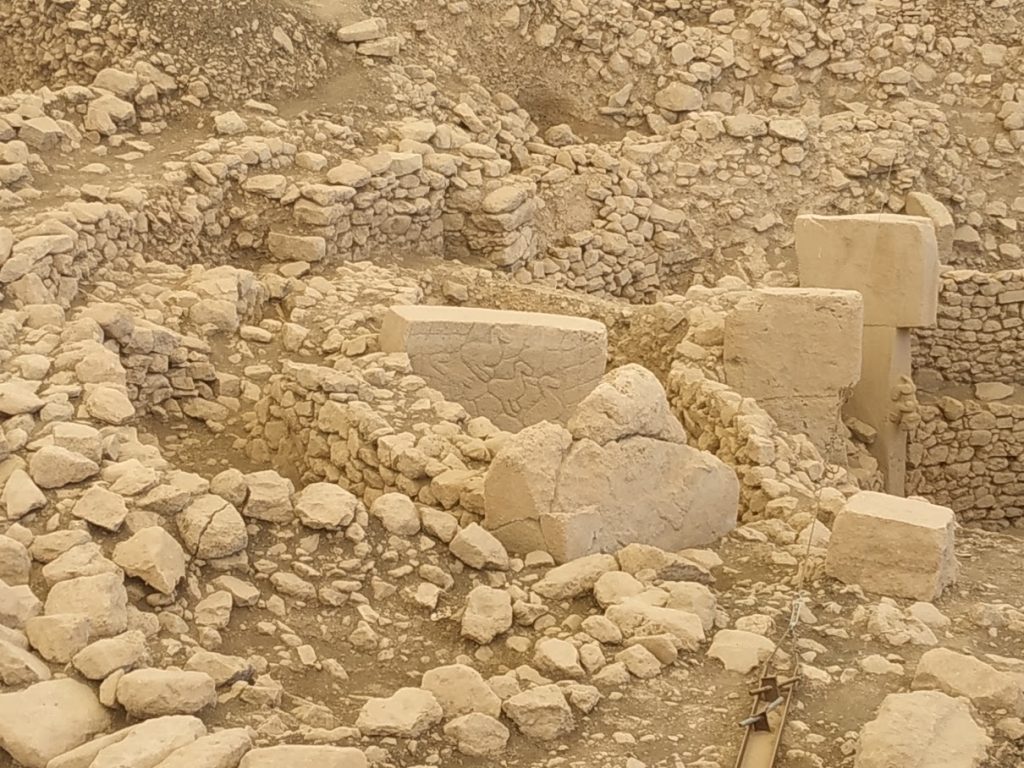
By midday, a ritual would begin. Some believe animals were sacrificed. Others think they danced. Or perhaps these gatherings celebrated the cycles of nature. But for those present that morning, the meaning lay in understanding the thin line between life and death — and how to cross it.
📣 Our WhatsApp channel is now LIVE! Stay up-to-date with the latest news and updates, just click here to follow us on WhatsApp and never miss a thing!!
Thousands of years later, in 1995, a man named Klaus Schmidt looked across this barren hill. What seemed like random stones to others called to him. He dug. He brushed away the soil. And then the pillars, with their carved figures, began to speak:
“We were here. Long before you. And very different from you.”
Today, a visitor walking among those stones may unknowingly tear the fabric of time. Perhaps they will see a bird etched in relief. Perhaps it is the same crane that greeted the sun on that very morning, eleven thousand years ago — still flying, still watching.
Cover Photo: Oğuz Büyükyıldırım
You may also like
- A 1700-year-old statue of Pan unearthed during the excavations at Polyeuktos in İstanbul
- The granary was found in the ancient city of Sebaste, founded by the first Roman emperor Augustus
- Donalar Kale Kapı Rock Tomb or Donalar Rock Tomb
- Theater emerges as works continue in ancient city of Perinthos
- Urartian King Argishti’s bronze shield revealed the name of an unknown country
- The religious center of Lycia, the ancient city of Letoon
- Who were the Luwians?
- A new study brings a fresh perspective on the Anatolian origin of the Indo-European languages
- Perhaps the oldest thermal treatment center in the world, which has been in continuous use for 2000 years -Basilica Therma Roman Bath or King’s Daughter-
- The largest synagogue of the ancient world, located in the ancient city of Sardis, is being restored

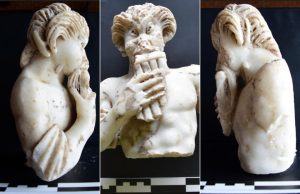
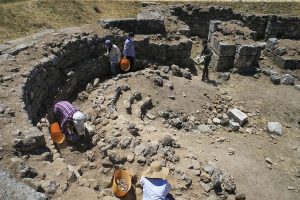
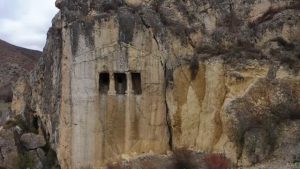
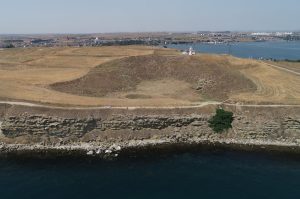
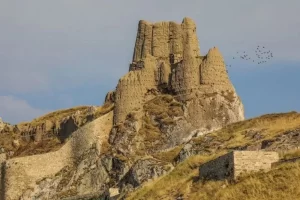
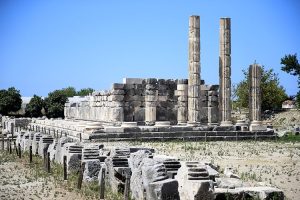
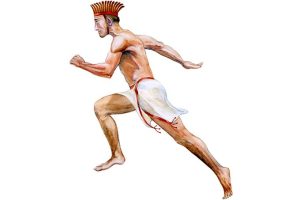

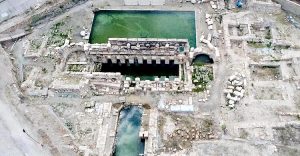
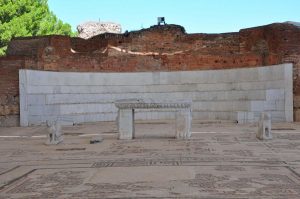
Leave a Reply